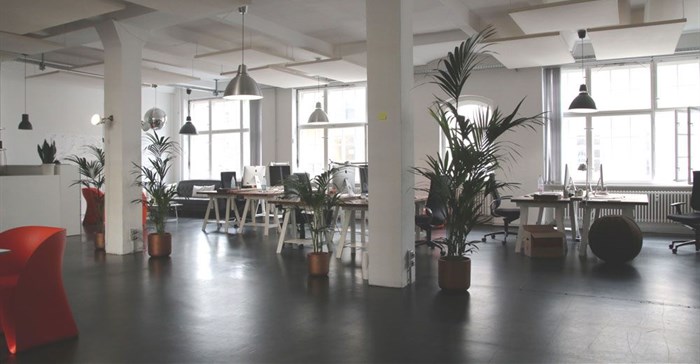
Related

5 ways to overcome the year-end overwhelm
25 Nov 2025





Employee reward programme development: Balancing intrinsic and extrinsic motivation
Andrew Solomon and Lianne Booth 23 Dec 2024
Top stories




Progression of the trend
Perusal of the SAPOA Office Vacancy Reports shows that office vacancy figures have not decreased since the last report and could continue escalating in the future. This is not good news for the investor who owns multiple office buildings. Another point to consider is that not all remotely based employees operate from their homes. In fact, many opt for shared or co-working spaces, coffee shops or restaurants.
The reasons for this seem to be that remotely based employees frequently suffer from cabin fever when confined to their homes, day in and day out, seldom interacting with others. Another logical reason may be that it is difficult to work without distraction or interruption in the home environment. “For the price of a cup of coffee they have access to free Wi-Fi while being part of the passing scene, not needing to interact with anyone beyond the waitress serving the coffee,” says Breytenbach.
Existing and potential investors should view this trend, which is already impacting upon the demand for commercial property, in a serious light. Existing commercial property investment portfolios, as well as anticipated investments, require careful examination in order to gauge their spatial flexibility. Commercial property investors are advised to review their portfolios by evaluating each investment for its compatibility with the shared workspace concept.
“The fastest growing sector of the co-working market is made up of large corporates, many of which prefer short-term real estate contracts with flexible provisions. An ever growing number will not consider leasing premises unless the building also offers flexible extra space,” says Breytenbach.
Properties must be designed to cater for the trending office layout demands, or they may require a few wisely planned, minor alterations which can be done at a reasonable cost to prevent them from becoming obsolete. It has become the norm for commercial tenants to favour premises where additional short-term floor space is also available. Property owners may find it worthwhile to redesign under-utilised areas of their buildings in order to provide such space. This should allow the owner to realise added income from a previously wasted area.
Small spaces can be put to use by startup companies or freelancers as short-term rentals by the hour, day or week. Short-term office space which offers access to Wi-Fi, phone lines, copiers, and a good supply of coffee will attract business folk who are in town for a short period, work-from-home people who require a formal office environment for an important meeting, or national corporates holding seminars or training sessions for employees from all provinces.
“Tenants in medium to large commercial properties expect the owner to keep abreast of office trends, providing work spaces which are conducive to improving productivity,” advises Breytenbach. This, in turn, translates into greater profits. Employees dislike working in a traditional office, yet working from home is not always to their taste. Providing a flexible, alternative space within a short commute and with a professional, team-oriented environment where employees may work alongside like-minded teams, will go a long way to keeping them happy and productive.
Employers will enjoy the benefit of reduced costs as they discover that less office space is required. In addition, productivity will improve as contented workers are usually more engaged and productive. A wider talent pool may also become available when locational restrictions no longer apply to potential employees.
It is unlikely that working from home or coffee shops will replace the need for traditional offices in the foreseeable future. “The adverse effect of remote or shared office space on the commercial property market is a very real concern, yet it is equally reassuring that with a little effort and out-of-the-box thinking, the negative can be turned into an economically rewarding positive,” Breytenbach suggests.
Co-working or short-term facilities will be an asset in the design of any office building, helping to boost tenancy figures. Existing tenants will also be encouraged to remain for longer periods once they appreciate the convenience and financial savings which arise from the availability of flexible, short-term space.